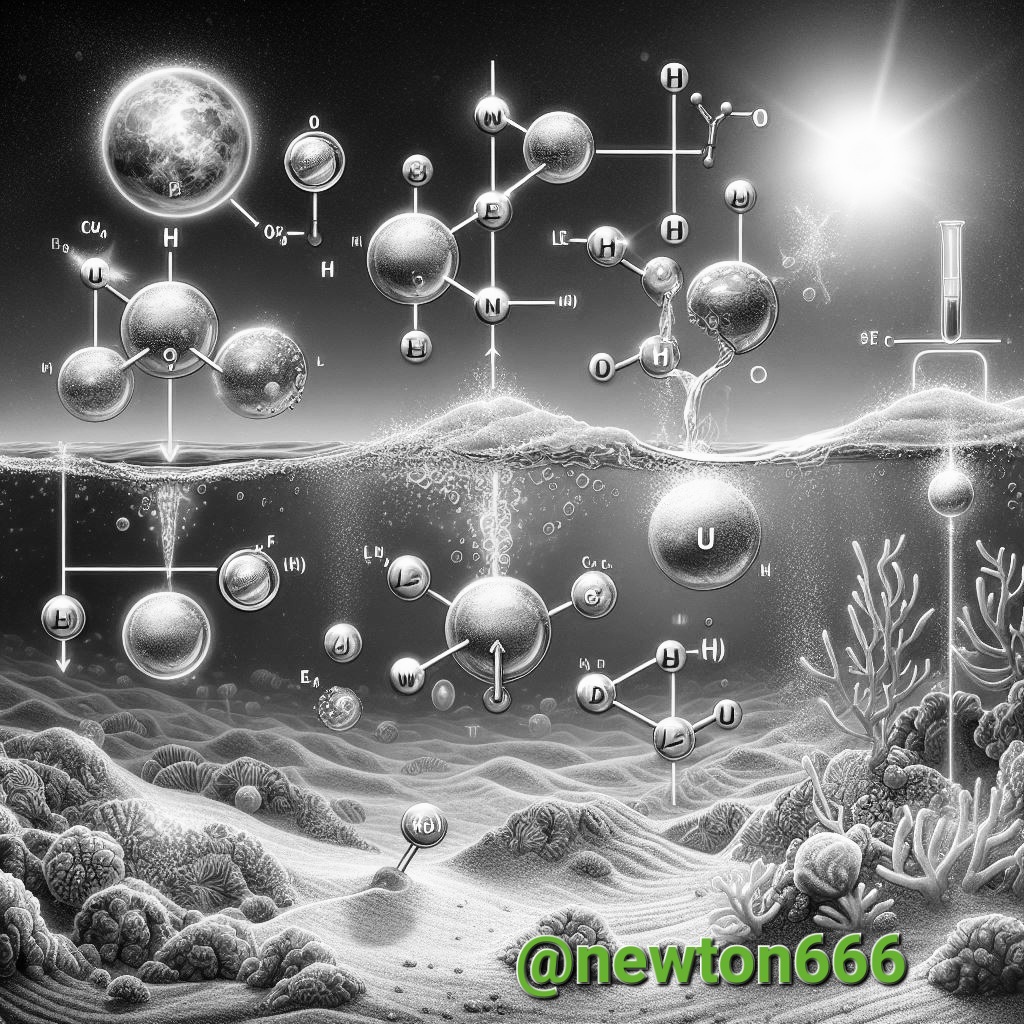Salt as an electrolyte

The elements that can be separated are sodium cations (Na^+) and chloride anions (Cl^-). These ions are surrounded by water molecules with an asymmetric electrical charge distribution. The positive side of the water molecule faces the chloride ion and the negative side faces the sodium ion. This phenomenon is called resolution. The solution promotes the movement of ions in the solution, allowing electricity to flow through it, the electrical potential of salt depends on the salt concentration, temperature, and type of electrolyte. The higher the salt content, the higher the voltage.
The higher the temperature, the more ions move and the higher the voltage. Some electrolytes are stronger than others, meaning they dissolve more easily in water and form ions. When the saline solution comes into contact with the metal, an increase in oxygenation occurs. Iron oxidizes, that is, it loses electrons and becomes a metal ion (Fe^2+ or Fe^3+).
The metal ion dissolves in the salt solution and leaves a hole in the metal surface. The chloride ion is reduced, that is, it gains electrons and becomes a chlorine atom (Cl), A chlorine atom combines with another chlorine atom to form chlorine (Cl_2). This condition is called corrosion and causes the metal to corrode.
Corrosion of steel can be prevented or slowed in several ways, such as coating the steel with a protective paint, varnish, or plastic, or by bonding the steel to other metals, such as zinc. This protection method is called cathodic and is based on the principle that electrons flow from the active metal to the metal, preventing the metal from oxidizing.
Bibliographic reference
Physical. Volume II: Electricity, magnetism and optics (Volume 1) by D. E. Roller, R. Blum, 2020
Fundamental Physics Second Semester Zaculeu by IGER.